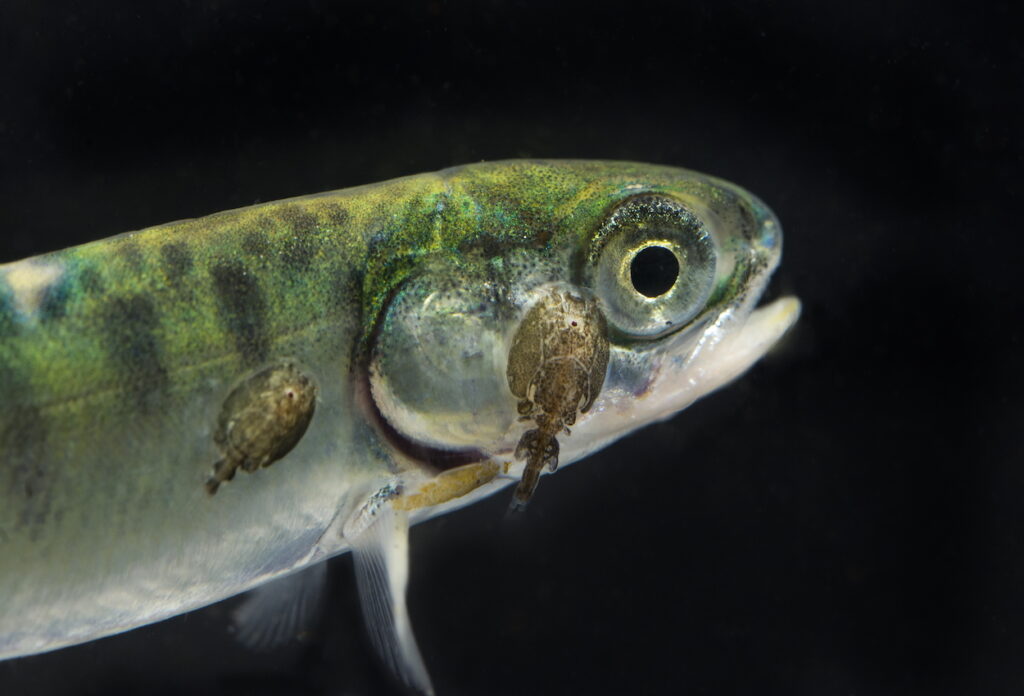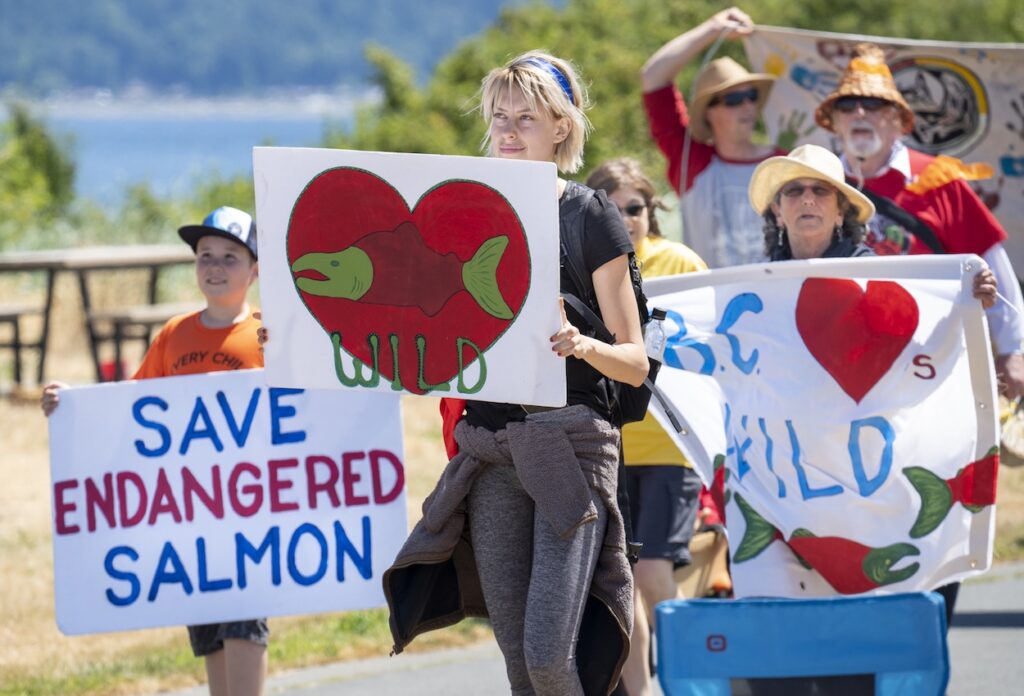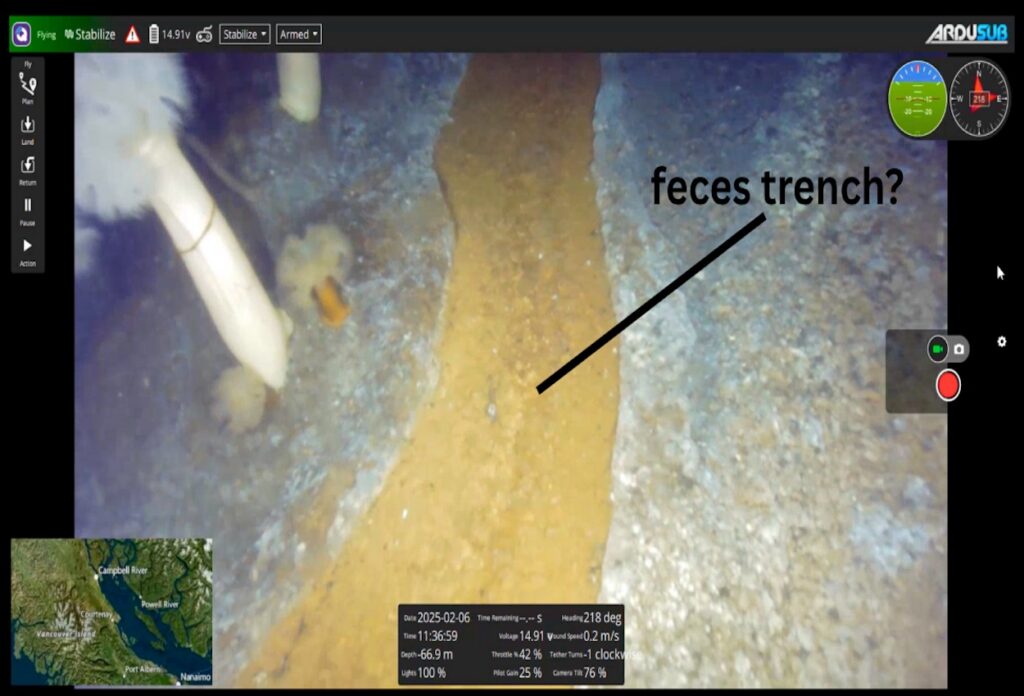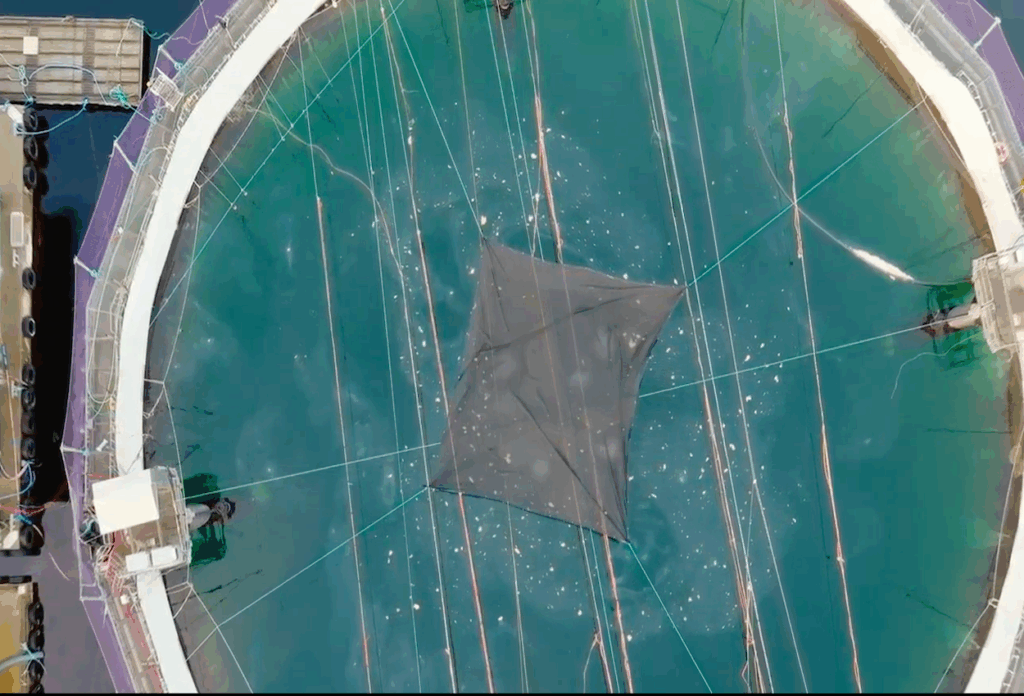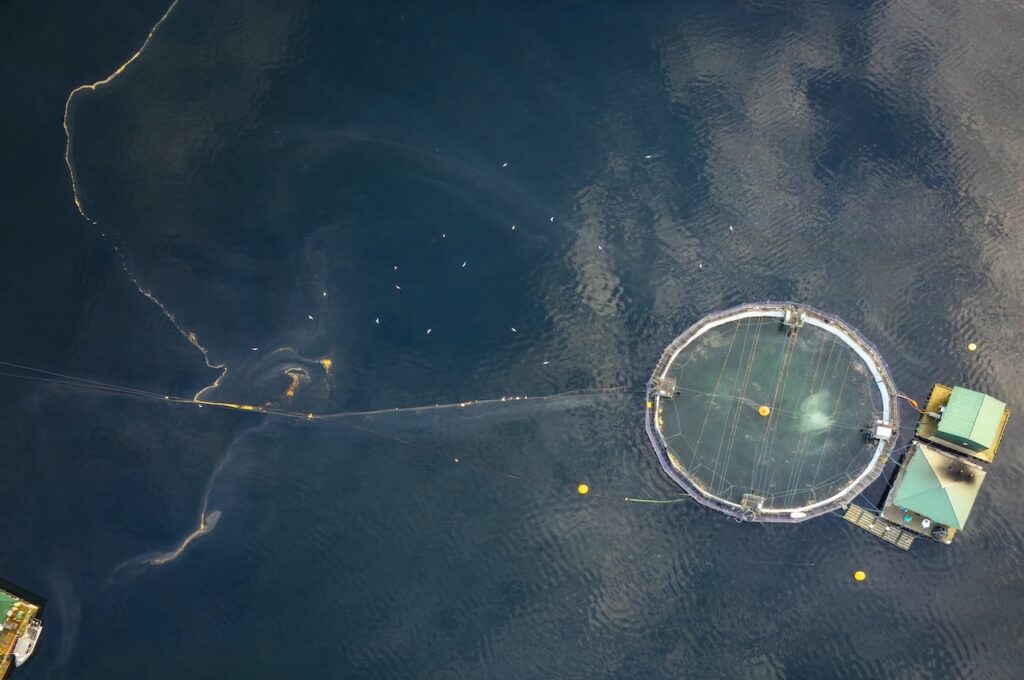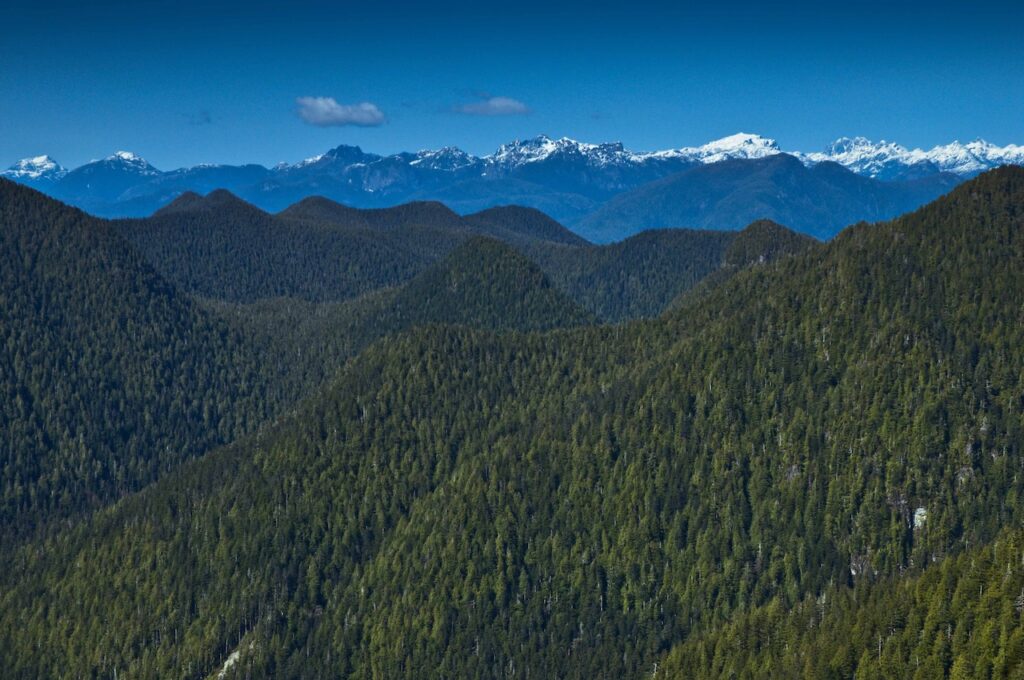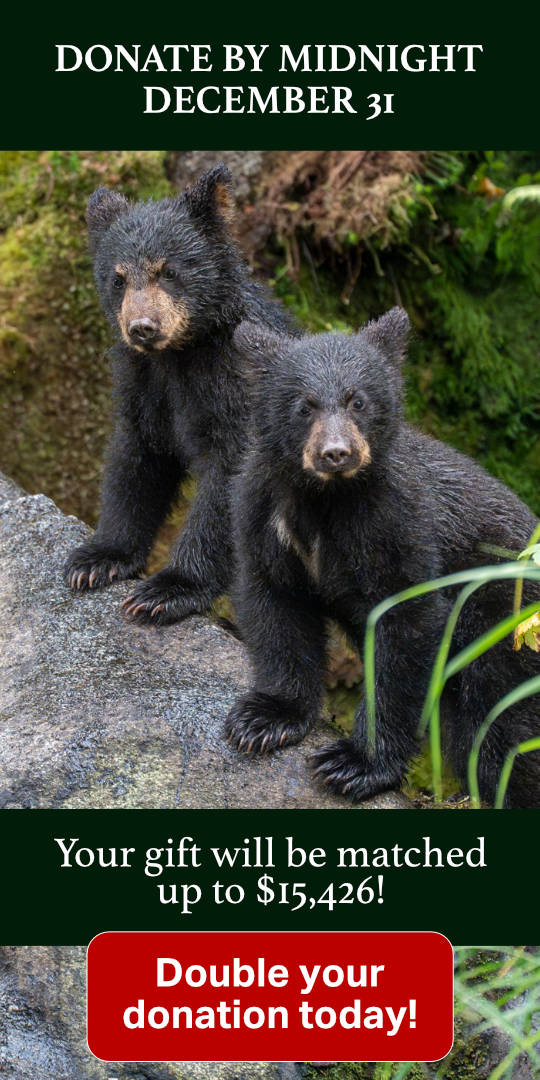Chinook salmon are the largest of the Pacific salmon. They have evolved a remarkably variable life history. Some leave their rivers soon after hatching, some spend a year or more in the river before migrating to sea. Some Chinook mature after 2 years at sea, other in seven years. The average number of years feeding in the ocean is 3-4 years. All this variability makes Chinook resilient. However, all Chinook salmon must enter the ocean at a small and vulnerable stage, and this is when they come into contact with salmon farms.
Everyone agrees salmon farms add waste to marine waters. Salmon farm economics depend on ocean currents moving tons of waste out of each farm daily. This waste carries infection. Wild salmon passing the farms suck the farm water into their mouths and over their gills to breathe, and this brings farm pathogens into direct contact with their blood. These are facts.
DFO refuses to act
There are laws in Canada that control the spread of fish pathogens. If a virus or bacteria causes disease in salmon, it is restricted under Section 56 of the Fisheries (General) Regulations. Three lawsuits tried to get DFO to recognize that the virus, piscine orthoreovirus (PRV), found in most salmon farms, should be restricted. The judge agreed, but DFO has refused to act. This is one of the leading pieces of evidence of corruption within DFO Aquaculture.
One group of DFO scientists reports PRV is from BC and not a concern, that it is low risk to Pacific salmon. DFO is clinging to this theory, allowing infected farm salmon to enter marine farms from farm salmon hatcheries.
However, other DFO scientists (and many others) show that PRV causes the red blood cells in Chinook salmon to rupture en masse, causing organ failure; that the level of PRV and other infectious disease agents is elevated near salmon farms; and strong evidence that PRV transmitted from farm salmon is infecting wild salmon and reducing the fitness of wild salmon.
So, what does the risk of farm salmon disease mean for the future of Chinook salmon in Clayoquot Sound?
Clayoquot Sound: A pathogen hot spot for Chinook
The DFO “Marine Risk Assessment for Natural-Origin West Coast Vancouver Island (WCVI)Chinook Salmon (Oncorhynchus tshawytscha)” reports farm salmon pathogens, including PRV, are a “Very High Risk” for wild Chinook salmon in Clayoquot Sound. They state, “Of all regions in BC, open-net salmon farms in WCVI carry the largest potential for impact to Chinook salmon,” because West Coast Vancouver Island Chinook salmon spend their entire lives close to shore where salmon farms are sited. They report the West Coast of Vancouver Island is a “pathogen hot spot for Chinook.” This includes Clayoquot, Nootka and Quatsino, all regions used by the Norwegian and Japanese based salmon farming corporations. Kyuquot is the only region of West Coast Vancouver Island not being used to raise farm salmon.
A remarkable paper published with three First Nation leaders, who won unprecedented access to the salmon farms in the Broughton Archipelago, reports Chinook salmon are actually attracted to salmon farms. These fish are likely drawn by the herring that cluster around the farms eating feed pellet crumbs.
Debate over the impact of salmon farms on wild salmon has existed for as long as the industry has been using BC waters, but today we have the opportunity to hear from the wild fish themselves. With almost 50% of salmon farms in BC removed, we can finally discover—was it the salmon farms, or something else that closed nearly all Pacific salmon fisheries in BC?

The majority of salmon farms on east Vancouver Island between Alert Bay and Puget Sound have been closed. In this graph we see the extraordinary increase in Chinook salmon that migrate along this route and return to the Fraser River since salmon farms were closed.

We also see good Chinook salmon returns to Kyuquot Sound, north of Clayoquot Sound, where there are no salmon farms.

In Clayoquot Sound, the decline of Chinook salmon began when salmon farms arrived in the early 1990s. There is no sign of the increase that has occurred where salmon farms have been removed. To put this in perspective, only one Chinook salmon returned to the Kennedy River in 2023, and again in 2024.
Removing salmon farms works
For those who don’t believe pathogens from industrial salmon farms are driving down wild salmon populations, there will aways be a shred of evidence to cling to, a loophole, some uncertainty to be raised. However, now that eight First Nations, the federal government of Canada and Washington State have closed many salmon farms, the wild salmon themselves are having their say. Where salmon farms are removed their numbers are increasing, and not just Chinook.
BC is the first place in the world where we can see what happens when salmon farms close. This Fall will be another opportunity to hear from the fish. Will their numbers continue to sky-rocket where farm salmon disease no longer pours into the ocean?
Alexandra Morton is an independent biologist, and author of the bestseller, Not On My Watch.
